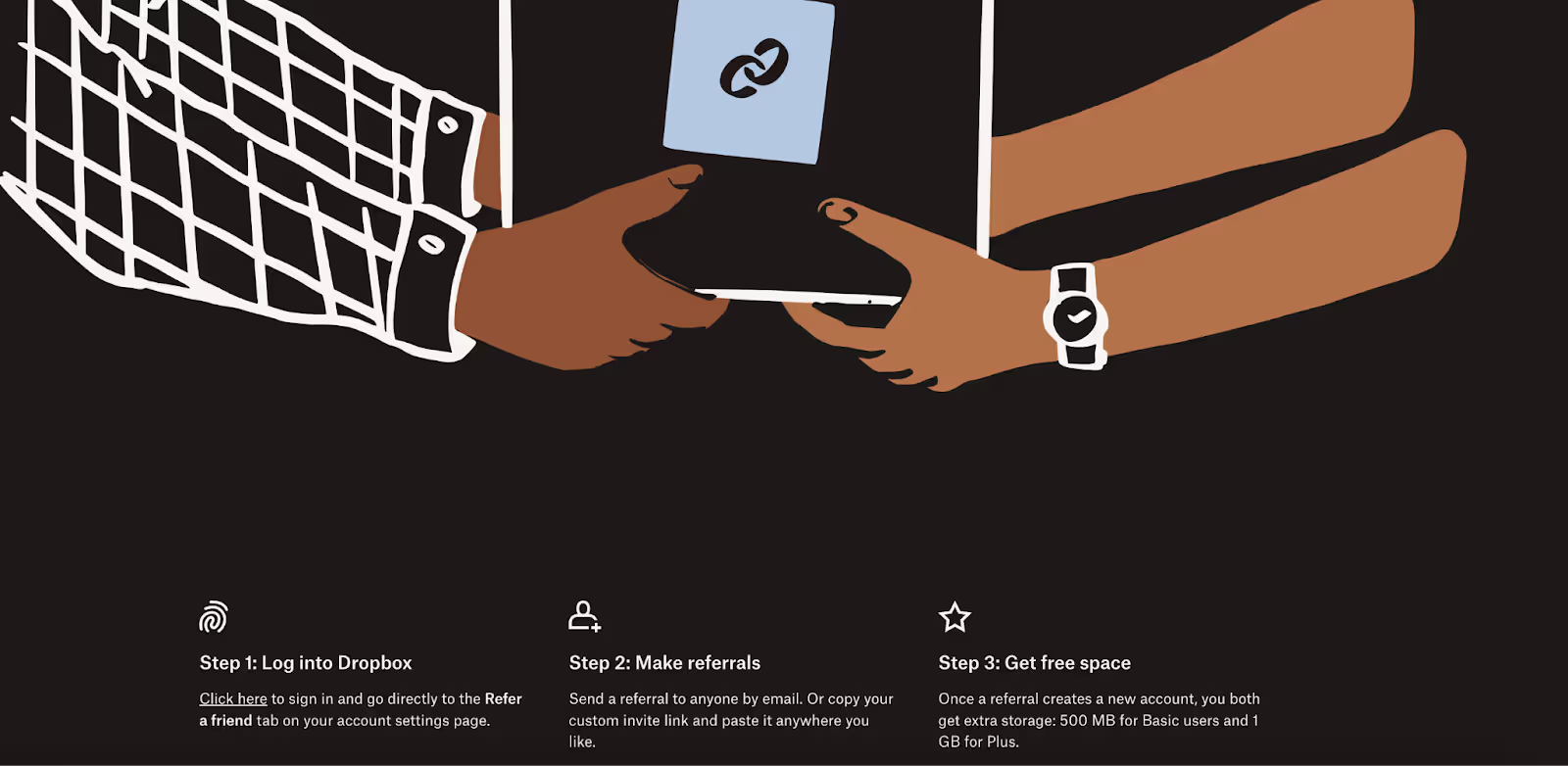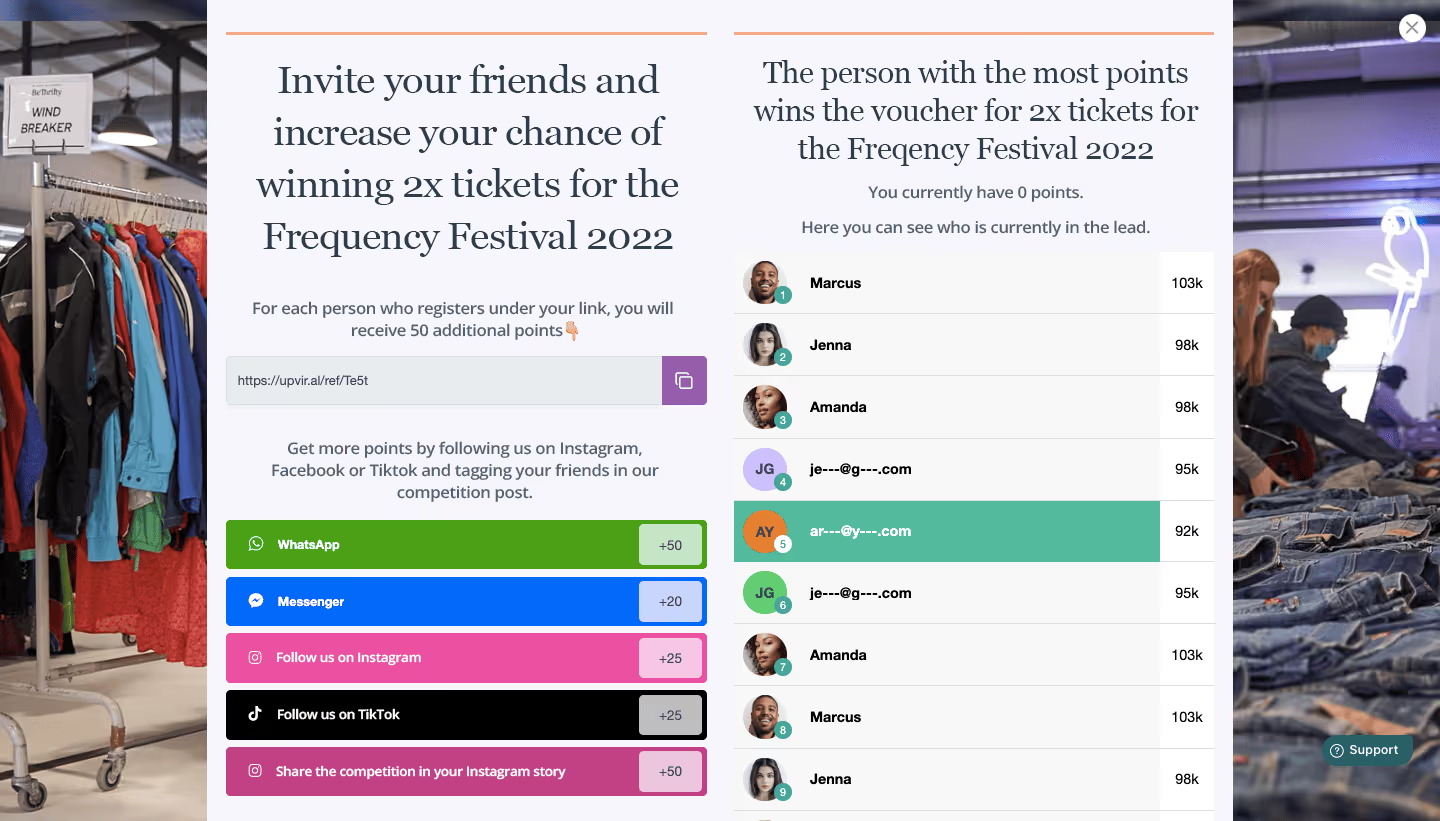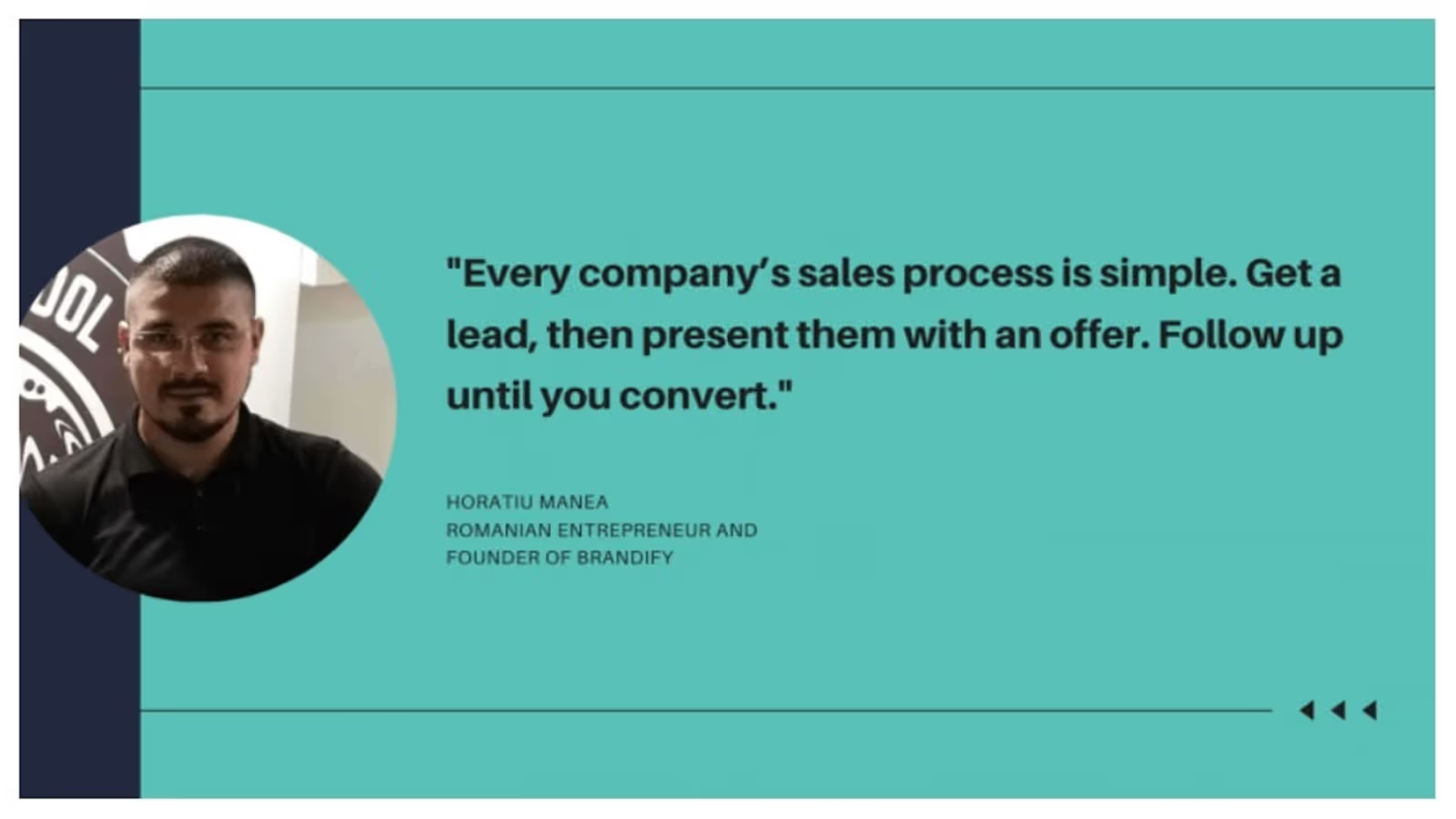Marketing success is all about innovative strategies that deliver long-term growth with minimal cost. One such strategy is the viral loop, a powerful mechanism that gets users to share a product or service and creates a chain reaction of growth.
Viral loops can scale a business with zero ongoing marketing spend, using word of mouth and customer advocacy.
This guide discusses viral loop marketing, its psychology, and the essential components for success. It also covers practical steps, tools, and how to avoid common pitfalls when implementing viral loops.
What is a Viral Loop and Why Does it Matter to Marketers?
A viral loop is a way to grow exponentially by using user referrals. After using the product or service, each user is asked to refer to others. Those new users then follow the same path and the effect compounds.
Imagine a fitness app that offers a free month of premium features to users who refer a friend. After enjoying the app, each user receives a unique referral link. When a user shares this link, their friend signs up for the app, also getting a free month. This new user is now encouraged to refer their own friends for the same reward.
As a result, if each user refers to just two friends, the user base can double within a few weeks. Over time, this creates a viral loop: each new user becomes a potential referrer, leading to exponential growth.
The Core Elements of a Viral Loop

Creating a viral loop strategy involves several critical components. They include:
Trigger (Entry Point)
The user is introduced to the product or campaign through an ad, referral, or organic discovery, which is where the user enters the loop.
Value Proposition
The user must get value from the product, whether a service, discount or exclusive content. The more value the user gets, the more motivated they are to engage and share.
Incentive
To encourage sharing, users are usually offered an incentive, such as a discount, bonus features, or a grand prize. The incentive must be good enough to motivate action.
Call to Action (Sharing)
After using the product, users are encouraged to share it with their network. UpViral’s intuitive sharing system ensures seamless participation, allowing users to share across popular platforms like Facebook, Twitter, and WhatsApp, boosting the reach of your campaign and driving higher engagement.
Viral Coefficient (K-Factor)
This is the measure of the viral loop. If each user brings in more than one user, the viral loop will continue to grow exponentially.
When these components are properly aligned, you create a frictionless process that excites your users to engage and share, resulting in a sustainable viral loop.
How to Build a Viral Loop That Grows Forever
Building a viral loop requires careful planning and execution. Here’s a step-by-step breakdown to guide marketers through the process:
Step 1. Who’s Your Target Audience?
Knowing who your ideal customer is is the foundation of any viral loop. Without a clear target audience, your messaging will miss the mark, and the viral loop will fail to resonate. Focus on the needs, desires, and behaviors of your target audience.
Step 2. Create a Valuable Incentive
The key to a viral loop is a great incentive that aligns with your audience. This could be anything from exclusive access to a product to discounts on future purchases or the chance to win a prize.
Step 3. Make Sharing Easy
Users should be able to share your product or campaign in one click, whether through social media, email, or referral links. The sharing process must be seamless. The easier it is to share, the more likely they will.
Step 4. User-Friendly Onboarding
Make the experience from the first interaction to the referral smooth and simple. Complicated forms or unclear instructions will prevent users from completing the loop.
Step 5. Measure and Optimize
Once your viral loop is live, track your K-factor, conversion rates, and retention rates. Use this data to refine and optimize your loop for maximum results.
💡UpViral’s analytics allow you to see your campaign performance in real time and make data-driven decisions.
The Psychology of Viral Sharing
Several factors contribute to why people are motivated to share products or services with their networks:
- Social Currency: People like to share things that make them look smart, trendy, or connected. If your viral loop makes users feel part of something exclusive or ahead of the curve, they’ll be more likely to share it.
- Emotion: Content that evokes strong emotions—whether joy, excitement, or surprise—is shared more often. For example, sweepstakes or contests that create excitement around winning a big prize will increase sharing rates.
- Incentive: A tangible reward is often the final push to get someone to share. Whether it’s a discount, free product, or access to exclusive content, the right incentive will get them to act.
By tapping into these psychological triggers, you can significantly increase the likelihood of users participating in and sharing your viral loop.
Proven Success Stories: Effective Viral Loops in Action
Many businesses have used viral loops to grow massively.
One example is Dropbox. The file-sharing service uses a viral referral program to grow its user base. They offer free storage space to both the referrer and the new user, so existing users are incentivized to share the product with their friends, and the growth becomes rapid.
See the screenshot below:

Here’s an impressive case study from UpViral that shows just how powerful our platform can be:
BeThrifty's campaign went viral by tapping into their audience’s passion for both fashion and music. They used UpViral’s social sharing tools to make it easy for participants to share the giveaway on platforms like WhatsApp, Instagram, and TikTok while rewarding them with extra points for each share.
The prize—tickets to a popular music festival—was a perfect fit for their crowd, generating excitement and social buzz. Plus, adding a leaderboard made it fun and competitive, pushing people to share even more.
This mix of incentives and community engagement helped the campaign take off.

Here’s another UpViral case study:
Horatiu Manea’s campaign took off because it used smart strategies to get people excited and sharing. His book giveaway offered real value upfront, and he made it even more engaging by turning it into a game.
Participants could unlock more content by sharing the campaign with others, and the chance to win a branding session added even more motivation.
By making it easy and rewarding to spread the word on social media, Horatiu’s campaign went viral, bringing in thousands of leads and growing Brandify’s audience quickly and naturally.

Mistakes Marketers Make with Viral Loops
While viral loops can be highly effective, they have potential pitfalls. Here are some common mistakes that can hinder the success of a viral loop:
Overcomplicating the Process
A viral loop should be simple and user-friendly. If the process involves fewer steps or complex instructions, users are likely to drop off before completing the loop. Ensure the journey from initial action to sharing is streamlined and intuitive.
Weak Incentives
The value of the incentive should be compelling enough to motivate users to participate and share. If users perceive the reward as inadequate or irrelevant, engagement will suffer. Tailor your incentives to align with your audience's interests and needs, and consider offering multiple reward options to appeal to different motivations.
Not Tracking Metrics
Measurement of the right performance indicators, such as the viral coefficient (K-factor), conversion rates, and retention rates, is crucial to optimizing a viral loop. Failing to track these metrics makes determining the loop's effectiveness difficult. Regularly analyze the data to identify areas for improvement and ensure that the viral loop is achieving the desired growth.
Ignoring User Feedback
User feedback is valuable for refining your viral loop. Ignoring complaints or suggestions can hinder the loop's success. Actively solicit feedback and use it to identify friction points or areas where the process could be simplified.
Failing to Adapt the Incentives Over Time
Stale incentives can lead to decreased user interest over time. Regularly update rewards or introduce seasonal bonuses to keep participants engaged. This not only sustains interest but can also create a sense of urgency.
Relying Solely on Organic Sharing
While viral loops capitalize on user referrals, relying only on organic sharing may limit growth potential. Supplement your loop with paid promotions, email marketing, or influencer collaborations to boost initial traction and amplify your reach.
Inadequate Fraud Detection
Some users may attempt to game the system by creating fake accounts or manipulating referrals to claim rewards. Implement fraud detection measures to ensure that only legitimate referrals are rewarded—platforms like UpViral offer built-in fraud detection tools to safeguard the integrity of your campaigns.
Avoiding these pitfalls and actively monitoring your viral loop will ensure a smoother and more effective growth strategy.
Final Thoughts on Leveraging Viral Loops for Growth
Mastering viral loops can significantly transform your marketing efforts by providing a sustainable and cost-effective way to generate growth.
Whether you’re launching a new product, running a contest, or growing your subscriber list, viral loops provide a powerful framework for tapping into user networks and driving referrals.
Ready to take your marketing to the next level? Start implementing viral loop techniques today with UpViral. Sign up for a 14-day risk-free trial and discover how viral loops can drive exponential growth for your business.





.png)